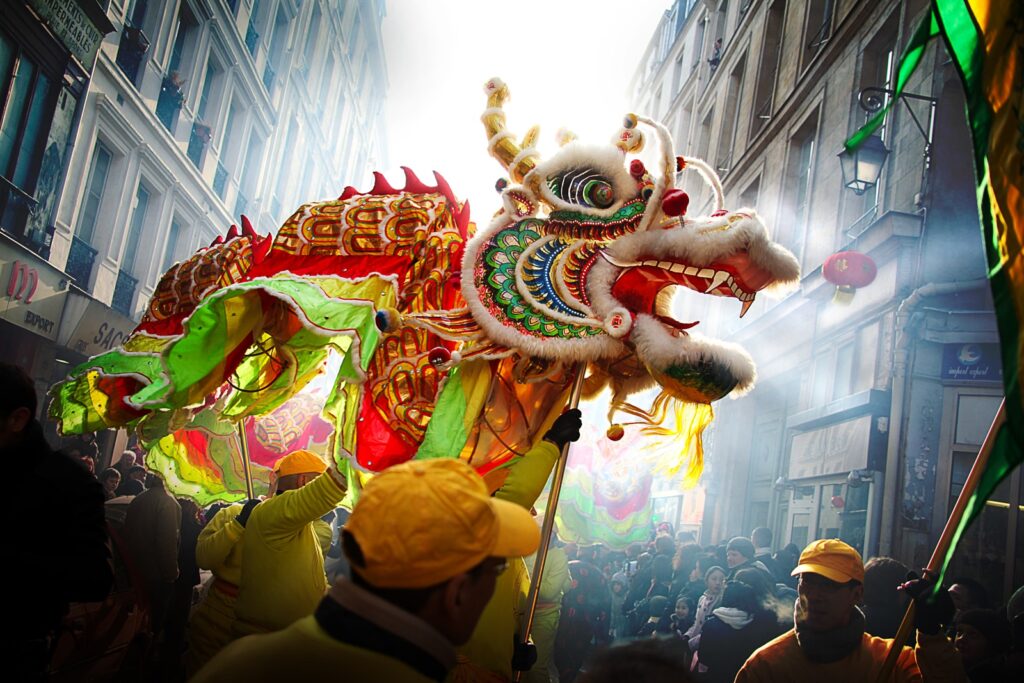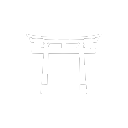Lunar New Year is a big deal in many Asian countries. It’s filled with vibrant traditions and family reunions. But does Japan celebrate Lunar New Year? The answer is a bit complicated.
Since 1873, Japan has marked the New Year on January 1, following the Gregorian calendar. Yet, in places like Okinawa and among Chinese communities in cities like Yokohama and Nagasaki, you can still see Lunar New Year traditions. By looking into these practices, we can see how Japan balances its old traditions with new influences.
Does Japan Celebrate Lunar New Year? The Historical Context
Japan’s history with Lunar New Year is interesting. While many Asian countries still celebrate it based on the lunar calendar, Japan took a different path in the late 19th century. Yet, influenced by Chinese culture, Japan still has traces of Lunar New Year in its history and regional culture.
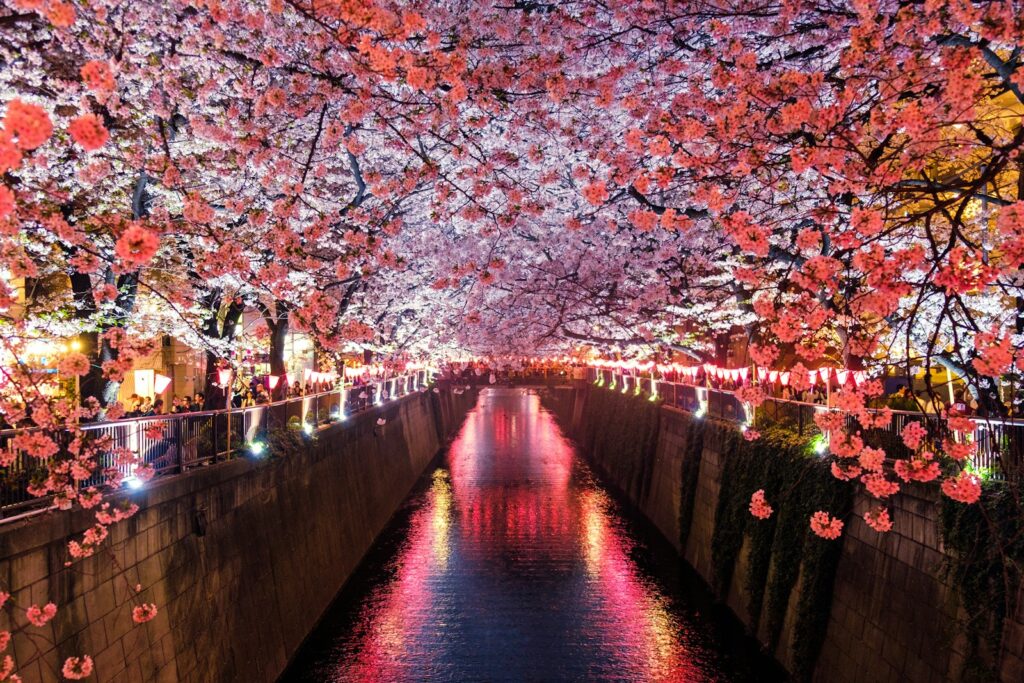
Adoption of the Gregorian Calendar
In 1873, Japan adopted the Gregorian calendar as part of its modernization. This move was key to aligning with Western countries and improving economic and political ties. By adopting this calendar, Japan officially moved its New Year celebrations to January 1.
This change meant Japan moved away from the lunisolar calendar it used for thousands of years. Many festivals and practices tied to Lunar New Year were moved to the new solar calendar. For example, Shōgatsu—Japan’s New Year holiday—became a distinctly modern celebration. Even though the date changed, some old traditions like house cleaning, special meals, and ancestor worship still exist today.
In Okinawa and some rural areas, you can still find old Lunar New Year customs. These places keep a strong connection to the original lunisolar rhythm, celebrating in a way that honors their heritage.
Want to learn more about Japan’s unique blend of traditions during the New Year season? Japanese New Year on Wikipedia offers deeper insights into this topic.
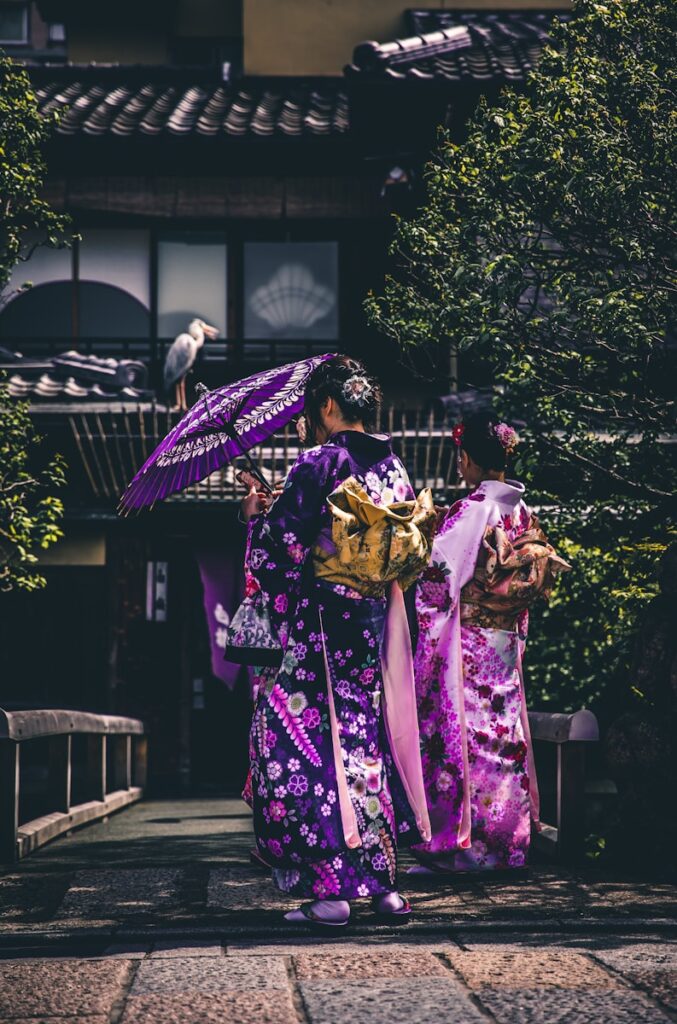
Influence of Chinese Culture on Japan
Japan’s early exposure to Lunar New Year celebrations came through cultural exchanges with China, often through Korea. Between the 6th and 9th centuries, Japan adopted various Chinese customs, including its calendar system. During this time, Lunar New Year became a big part of courtly customs and major events.
Like Chinese traditions, Japan’s New Year was celebrated with feasts, prayers for prosperity, and rituals to ward off evil spirits. This cultural influence shaped Japan’s agricultural and religious calendars for centuries.
Even though modern Japan doesn’t officially celebrate Lunar New Year, Chinese New Year celebrations thrive in areas with big Chinese communities, like Yokohama’s Chinatown and Nagasaki. These celebrations feature traditional lion dances, lantern displays, and food stalls, showing a celebration deeply rooted in shared heritage.
If you’re interested in more details about Chinese influence over Japan’s New Year, check out this guide on Lunar New Year in Japan.
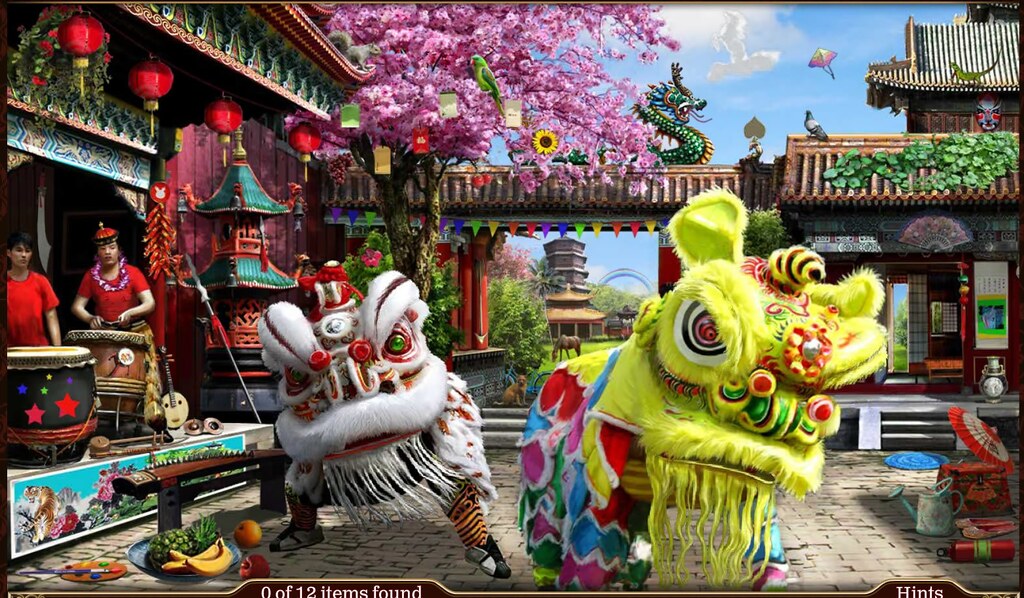
Additional Resources for Readers
For a deeper understanding of Japan’s relationship with Lunar New Year and its modern relevance, explore this detailed guide on Lunar New Year in Japan. It gives great insight into how old traditions still influence modern celebrations in subtle ways.
Modern Japan’s Celebration Practices
Japan today is a mix of old traditions and new influences. It doesn’t really celebrate Lunar New Year. But, its unique festivals show how customs change over time. Let’s look at how Lunar New Year compares to Japanese New Year, regional differences, and the effect of globalization.
How Lunar New Year Differs from Japanese New Year (Shogatsu)
Lunar New Year and Shogatsu both mark the start of a new year. But they have different meanings and traditions. Lunar New Year is celebrated in many Asian countries like China, Korea, and Vietnam. It’s based on the lunar cycle, so it changes every year.
It’s filled with grand family reunions, lion dances, and giving red envelopes. On the other hand, Shogatsu, Japan’s New Year, is on January 1. It’s a time for quiet reflection, not big celebrations.
Common Shogatsu traditions include:
- Kadomatsu and Shimenawa: Decorative bamboo and rope garlands to invite prosperity.
- Osechi Ryori: New Year bento boxes filled with symbolic foods.
- First Shrine Visit (Hatsumode): Visiting Shinto shrines to pray for good fortune.
Shogatsu is more important because Japan switched to the Gregorian calendar in the Meiji era. While Lunar New Year once influenced Japan, today’s New Year traditions are unique.
Regional Variations in Observance
Japan is diverse, like its culture. Most celebrate Shogatsu, but some regions still honor Lunar New Year. Okinawa, for example, keeps a closer connection to its Ryukyu heritage.
In places like Yokohama and Nagasaki, Chinese communities play a big role in Lunar New Year celebrations. These events include dragon dances, traditional food stalls, and colorful lanterns. They show how different traditions can make culture richer.
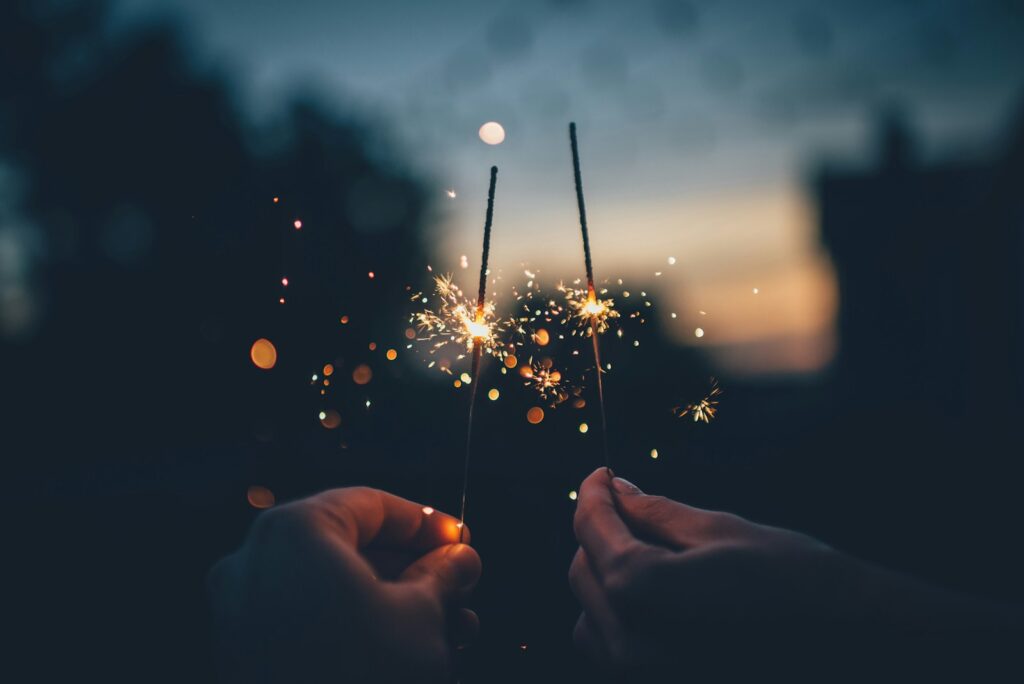
Influence of Tourism and Globalization
International tourists and expatriates have made Japan’s Lunar New Year events more popular. Cities like Tokyo and Osaka now host these celebrations. They mix global elements with traditional spirit, attracting visitors from all over.
Places like Yokohama Chinatown and Kobe’s Nankinmachi are hubs for Lunar New Year festivities. They draw both locals and tourists. This growing interest shows the joy that these traditions bring, no matter where they come from.
For more on Japan’s celebrations, check out Lunar New Year in Japan. Also, see how Japanese New Year compares to its rich history.
Key Differences Between Lunar New Year and Japanese Festivities
Lunar New Year is celebrated in many Asian countries, but Japan has its own unique traditions. This section looks at several Japanese festivals that happen around the same time as Lunar New Year. They have their own meanings and significance.
Setsubun: The End of Winter
Setsubun is a Japanese festival that marks the end of winter and the start of spring. It happens on February 3 or 4. Families throw roasted soybeans, called fukumame, out of their homes or at shrines. This is to chase away evil spirits from the past year and welcome good luck in the new one.
Unlike the Lunar New Year, Setsubun is about purification and renewal. People chant “Oni wa soto! Fuku wa uchi!” which means “Demons out! Luck in!” This shows Japan’s belief in warding off bad luck and welcoming good fortune.
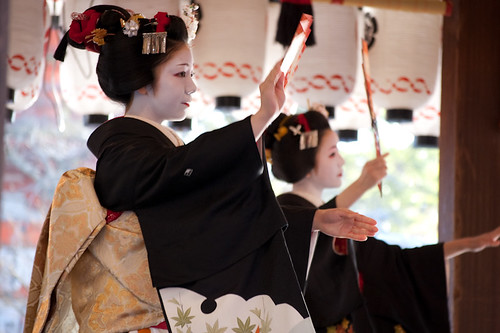
Obon: Honoring Ancestors
Obon is a significant festival in Japan, celebrated in mid-August. It’s different from Lunar New Year, which welcomes a prosperous year. Obon is for honoring ancestors. Japanese families believe their ancestors’ spirits return during Obon to be with their loved ones.
The festival includes lantern lighting and traditional dances called Bon Odori. It’s a time for families and communities to come together. This shows Japan’s deep respect for its ancestors and community.
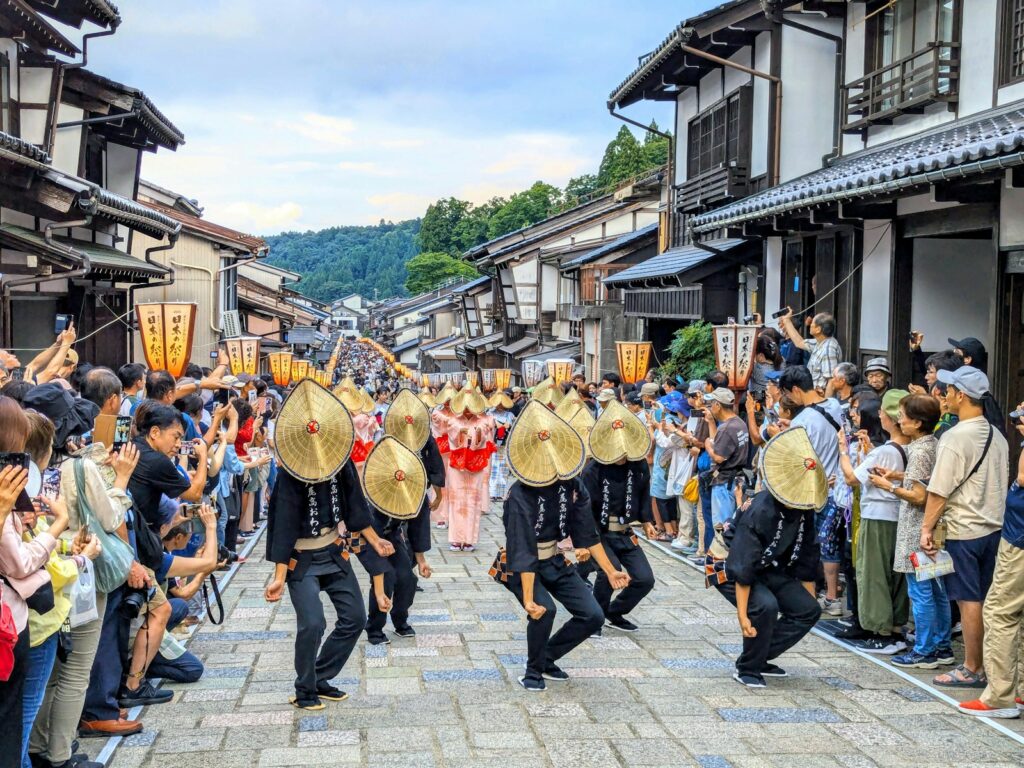
Festivals Reflecting Japanese Culture
For those interested in Japanese festivities, many resources offer insights. Check out Japanese festivals to see the beauty of cultural heritage. Japan’s festivals celebrate history, nature, and community, making them unique.
Japan celebrates its culture in its own special way, even when it seems familiar to others.
How Japan Acknowledges Lunar New Year Today
Japan now recognizes Lunar New Year in a mix of old and new ways. The country mainly celebrates the New Year on January 1. But, it still keeps ties to Lunar New Year, mainly in certain communities and cities.
Chinatown Celebrations
Yokohama’s Chinatown is a highlight of Lunar New Year celebrations in Japan. The festivities are full of fireworks, dragon dances, and parades. Families and friends enjoy traditional foods like nikuman and raamen while learning about Chinese culture.
In Yokohama, these events are more than celebrations. They are important for the international community, showing unity and shared joy. This highlights Japan’s rich cultural diversity.
Retail and Commercial Acknowledgments
Japanese retailers and businesses also celebrate Lunar New Year. Stores decorate with red lanterns and themed items. They host events like performances and sales to attract shoppers.
Tourist spots join in with special promotions and events. This brings in crowds eager to experience Japan’s culture. It boosts local economies and promotes cultural appreciation.
Japanese Public Awareness of Lunar New Year
In Japan, New Year is celebrated on January 1. But, people know about Lunar New Year too. This is because of Japan’s cultural ties with China.
Some know it as a time for fun and cultural events. Others might not know much about its history or traditions.
In big cities, more people know about Lunar New Year. Schools, community events, and social media help spread the word. Young people, who travel and learn about different cultures, are curious about Lunar New Year.
To learn more about Japan’s traditions, check out Japanese New Year. For a detailed look at Lunar New Year in Japan, see Lunar New Year in Japan: A Comprehensive Guide for Travelers.
Conclusion
Japan doesn’t officially celebrate Lunar New Year like some Asian countries do. Instead, it starts the new year on January 1. But, you can still find Lunar New Year traditions in places like Okinawa.
In cities with big Chinese communities, like Yokohama and Nagasaki, there are lively celebrations. This mix of old and new shows Japan’s respect for its culture and its modern side.
Have you experienced Lunar New Year customs in Japan? If yes, please share your experiences to add to the conversation.
For more on Japan’s cultural celebrations, read How to Pray at a Shinto Shrine in Japan and How to See Sakura Bloom in Japan. These articles offer a deeper look into Japan’s traditions.

